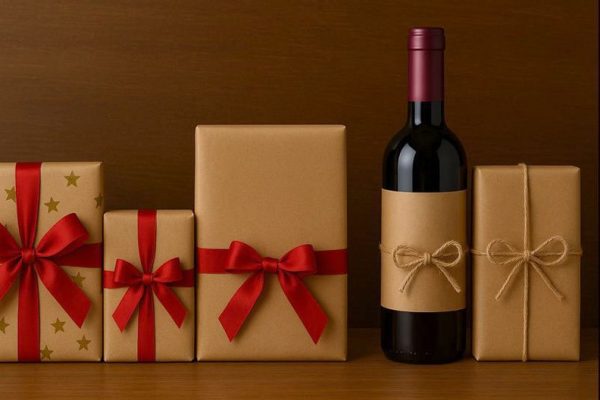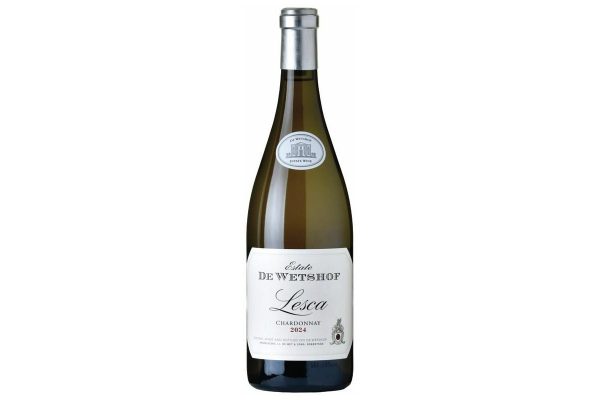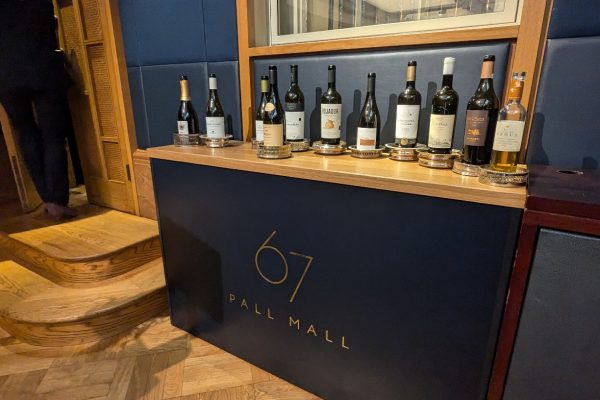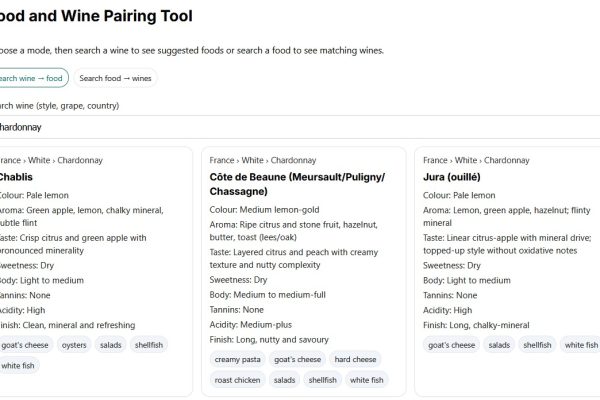
Winemaking has long relied on sulphur dioxide (SO₂) for its antioxidant and antimicrobial properties, ensuring the stability and quality of wines. However, slight concerns about its health impacts and allergenic potential have prompted the search for natural alternatives. Recent research highlights the potential of a plant-based tannin blend (referred to as SDR) as a substitute for SO₂ in white, rosé and red wines.
SDR has demonstrated promise as a viable alternative, particularly in white and red wines. Unlike traditional SO₂, SDR-treated white and rosé wines showed elevated levels of phenolics, flavonoids, and antioxidant capacity, suggesting an enhanced protective quality. However, the results for red wines were more complex. The addition of SDR did not increase phenolic content or antioxidant activity in red wines, likely due to complexation reactions between anthocyanins and phenolics in the tannin blend. This phenomenon resulted in the formation of new compounds with potentially lower antioxidant capacities than their precursors.
In terms of fermentation, SDR performed comparably to SO₂, with similar durations across all treatments. SDR-treated wines generally displayed lower volatile acidity, an indicator of fermentation health, except in red wines made using whole bunch fermentation. This technique, combined with SDR, resulted in slightly elevated volatile acidity, which remained within acceptable thresholds. A slight increase in pH levels was observed in SDR wines, particularly in red varieties, which could reduce microbial stability but was offset by the antimicrobial effects of the tannins.
The sensory attributes of wines were notably influenced by the use of SDR. White wines treated with SDR received higher scores for aroma and taste compared to their SO₂ counterparts. Similarly, SDR combined with cold maceration in red wines enhanced their sensory appeal. However, rosé wines treated with SDR scored lower than those with SO₂, particularly in taste and aroma, potentially due to differences in tannin interactions. Red wines produced with whole bunch fermentation and SDR were less favored, likely due to higher volatile acidity and green notes resulting from increased methoxypyrazines.
Colour stability, a critical quality parameter for wines, was well-maintained in SDR-treated wines. Red wines with SDR showed higher color intensity immediately after fermentation compared to SO₂-treated wines, though this difference diminished after six months of storage. This suggests that SDR wines are capable of retaining color stability comparable to traditional SO₂ wines.
The study concludes that SDR is a promising alternative to SO₂, particularly for white and red wines. However, its effectiveness varies based on wine type and vinification method. This research underscores the potential of plant-based solutions to meet the evolving demands of winemakers and consumers for healthier and more sustainable wines while maintaining the essential qualities of tradition and excellence in the industry.













